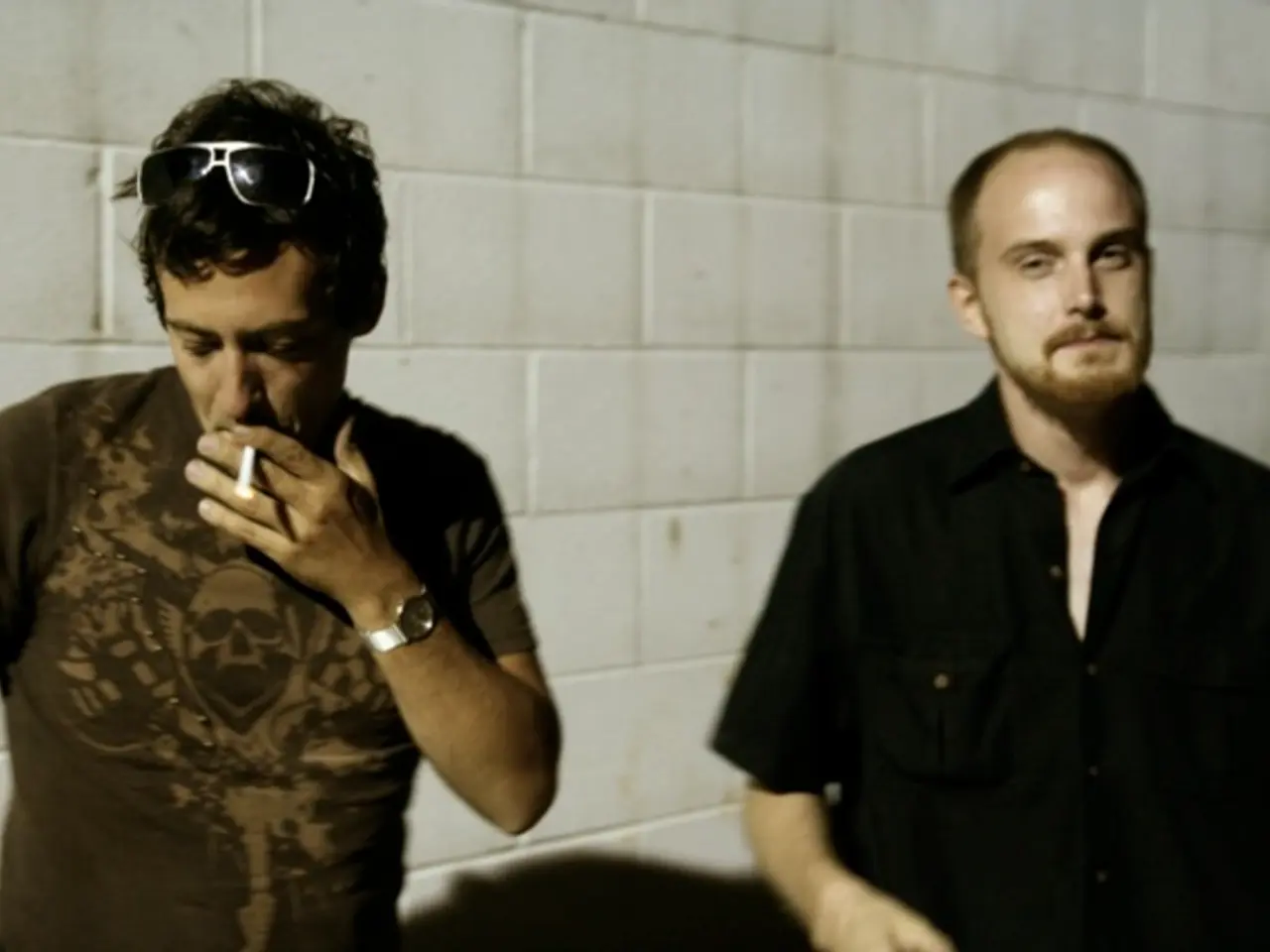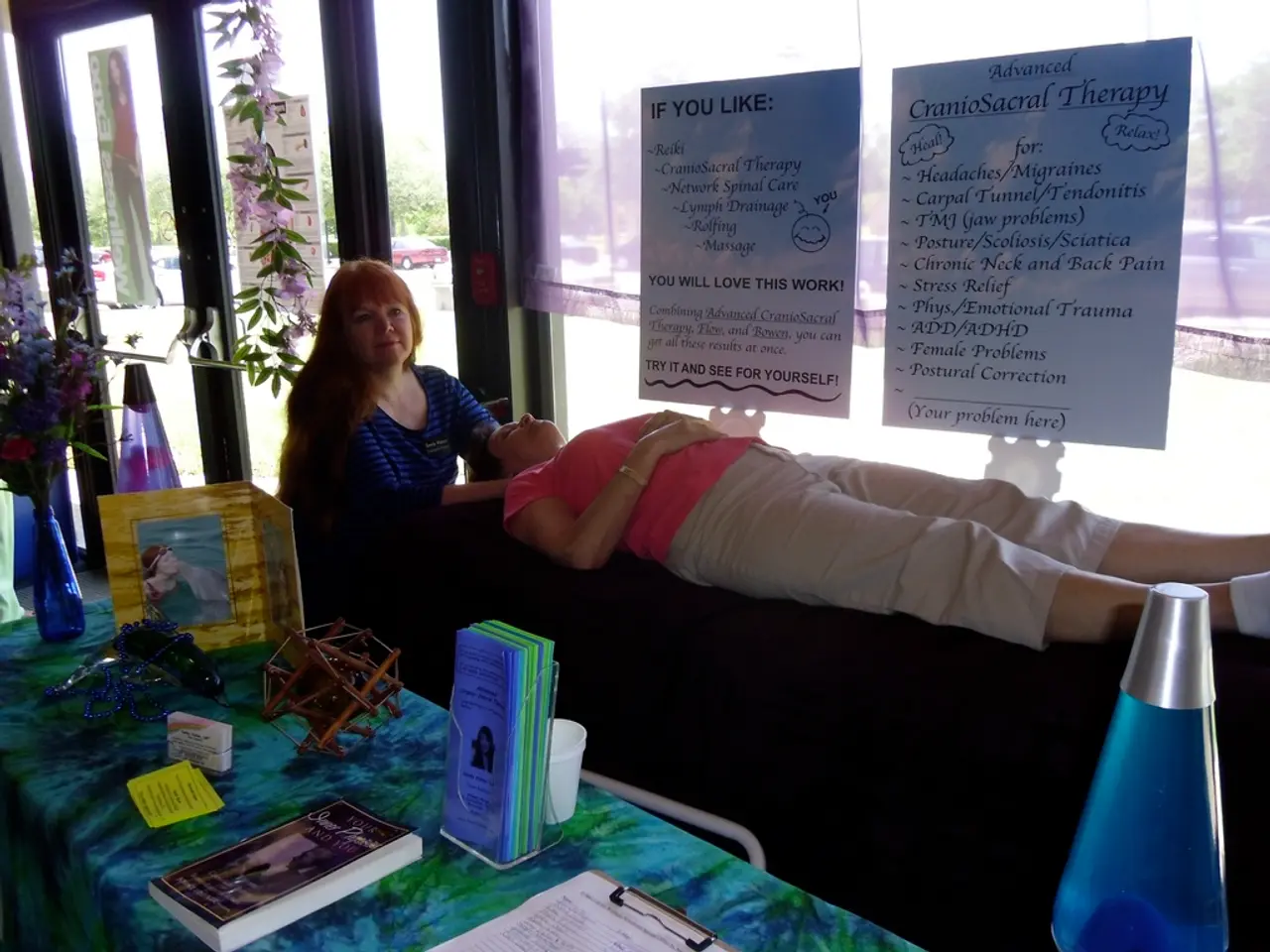Exploring the Misconception of Vaping as a Safe Substitute for Smoking, Unveiling Other Deceitful Claims
The World Health Organisation (WHO) has recently released its Global Tobacco Epidemic report for 2025, shedding light on the tactics employed by the tobacco industry to sell new products, such as vapes and heated tobacco products (HTPs), as safer alternatives to traditional cigarettes.
The report, unveiled at the World Conference on Tobacco Control in Dublin, is a valuable resource for those interested in combating the tobacco industry's influence and promoting public health. It outlines the challenges faced in regulating new tobacco products and provides insights into the strategies used by Big Tobacco to promote these products.
According to the report, Big Tobacco uses multiple strategies to promote vapes and HTPs as 'safer alternatives'. One of these strategies is the use of polished, health-oriented messaging that masks commercial interests. The tobacco industry portrays these products as harm-reduction tools or less harmful options, while continuing to rely heavily on cigarette sales, which still make up the majority of their revenue.
Another tactic is the use of front groups and tobacco-backed advocacy organizations. The tobacco industry infiltrates vaping advocacy groups, such as the World Vapers’ Alliance, to influence public opinion and policymaking. These groups often frame vaping as a beneficial cessation aid, undermining independent and science-based regulation efforts that could protect public health and youth.
The industry also employs targeted marketing tactics appealing to youth and non-smokers. This includes marketing vapes with flavors and social media campaigns that attract children and adolescents, which risks renormalizing smoking behavior and increasing nicotine addiction among new populations.
Big Tobacco also makes misleading health claims despite existing evidence of harm. HTPs and electronic nicotine delivery systems (ENDS) are presented as safer alternatives, yet they still expose users to toxic emissions and addictive nicotine. The WHO notes it is premature to conclude long-term safety, emphasizing these products are undoubtedly harmful and unsafe.
Moreover, Big Tobacco uses covert lobbying and political interference to weaken tobacco control policies, delay comprehensive bans on advertising and promotion, and resist measures that would reduce tobacco use overall.
The report's findings are particularly relevant to South Africa, which is currently considering a bill to better regulate tobacco products, including new ones like electronic delivery systems. The bill's progress comes after the release of the WHO's report, which highlights the challenges faced in regulating new tobacco products.
In summary, the WHO report highlights that Big Tobacco’s promotion of vapes and HTPs as safer alternatives is part of a strategic commercial effort to sustain their market and profits rather than a genuine public health initiative. The industry’s tactics include deceptive messaging, co-opting advocacy, youth-targeted marketing, and regulatory interference, which collectively undermine global tobacco control efforts.
Science and health-and-wellness are crucial in understanding how the tobacco industry promotes vapes and heated tobacco products (HTPs) as 'safer alternatives'. The industry uses deceptive, polished, health-oriented messaging in their marketing campaigns, masquerading these products as harm-reduction tools or less harmful options, despite continued use of cigarette sales and existing evidence of harm.




